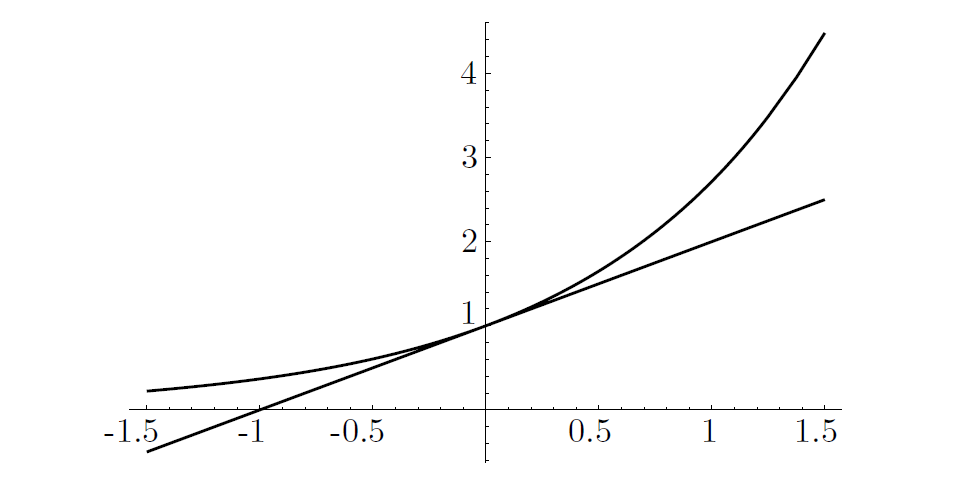Combinatorial estimates
In this section, we will learn a few tricks to prove inequality relations. The following inequality shows up a lot in analysis of algorithms and it is worth remembering.
For any two positive reals , their geometric mean is no bigger than their arithmetic mean.
We know that the square of any real number is non-negative, so let us try . Moving things around we get . The left-hand-side and right-hand-side are the arithmetic and geometric means respectively.
For which pairs of positive reals do we have equality ? Justify your answer.
Let be positive reals. We will prove the following statement:
Notice that we already proved the case when . Here you will see an application of a rather weird mathematical induction.
- Prove for all .
- Prove that for all .
- Explain why the first and second parts together imply that the inequality holds for all .
The Harmonic Mean (HM) of two positive reals is defined by . What is the relation between AM, GM, and HM? Prove your answer.
The following lemma is of extreme importance to computer scientists.1
Let be any real number. Then .
We will not see a proof of this fact, but instead show a plot of both curves to convince ourselves. (Figure 14).

Prove: For all and , we have .
📄️ Factorial estimates
Let us start with a simple question:
📄️ Binomial coefficients
We give an estimate to the binomial coefficients. It is easy to see that ${n \choose k} \leq n^k$, but we can in fact prove a much stronger upper bound.
Footnotes
-
In the pre-tablet days, we would tell my students to cut out a piece of the lemma statement in paper and attach it to their bedroom's door. It is really super important ☺️ ↩